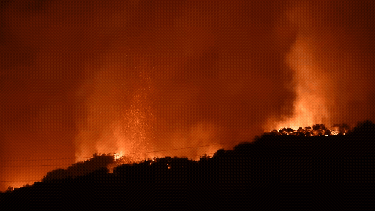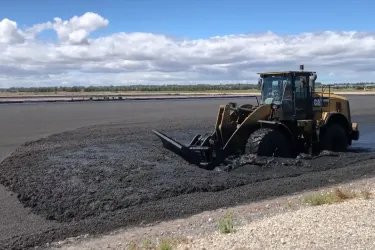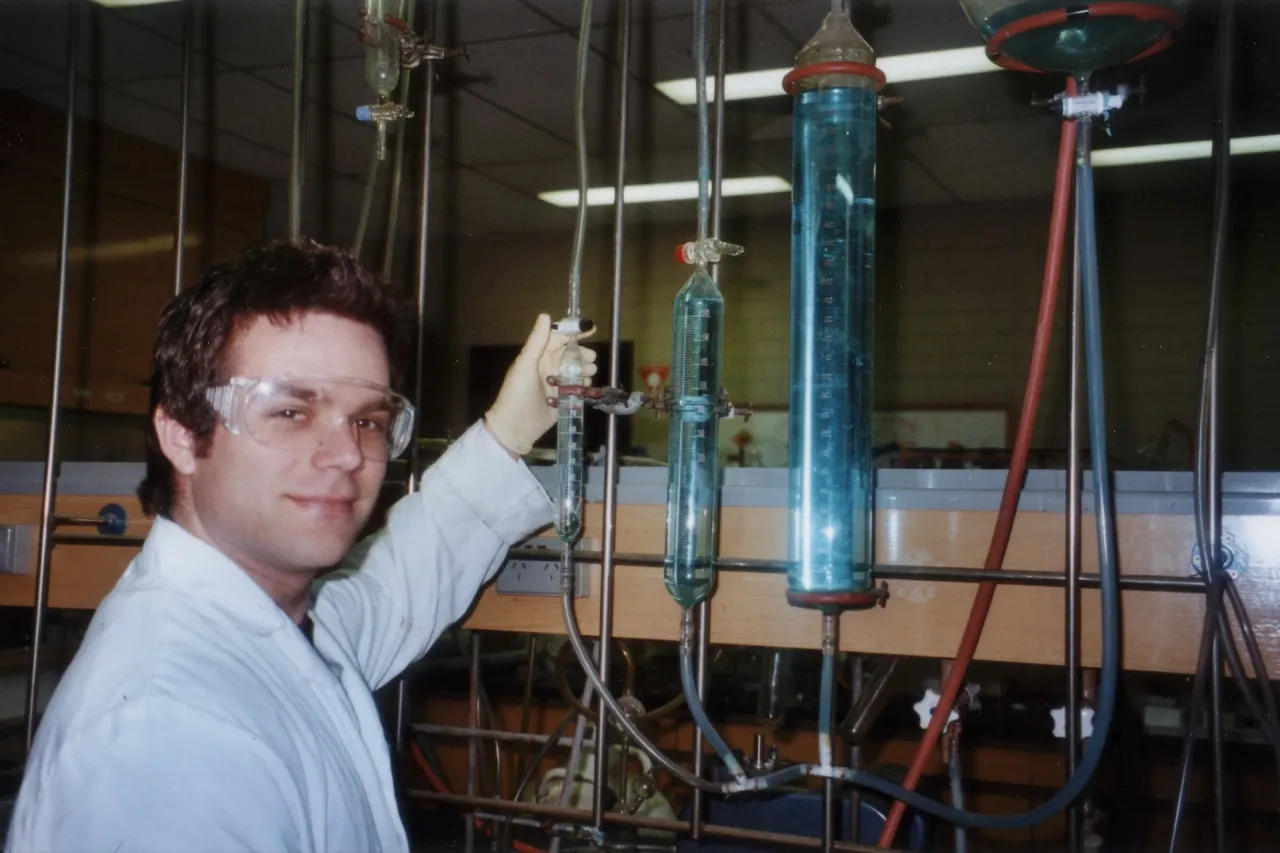Science

Environment
Analysis
Australian biosecurity needs a whole-of government, whole-of-society approach
The WHO Pandemic Agreement aims to prevent and prepare for pandemic threats to human health. But what are we doing about animal health?

Sciences & Technology
Research
The time is ripe for chronoculture
A better understanding of circadian rhythms in crop plants can help improve agricultural production

Sciences & Technology
Research
Climate change is turning global wildfires into monsters
The second edition of an annual global assessment of wildfires warns that climate change has made burned areas 30 times larger in some regions

Environment
Research
Ammonia is sticky, so measuring it is tricky
Ammonia released from sewage treatment plants can impact our health and the environment, but it’s taken an innovative way of measuring it to understand the scale of the problem

Environment
Analysis
Why climate change adaptation is a key piece of our climate risk puzzle
Climate adaptation can make the difference between the potential impacts outlined in Australia’s first National Climate Risk Assessment and a more hopeful reality

Sciences & Technology
Research
We’re taking selfies from space
A tiny Australian satellite is chasing colliding stars and changing the way we think about space telescopes

Environment
Research
Thermal drones are helping to monitor some of Australia’s most elusive wildlife
Thermal camera-equipped drones are revolutionising wildlife surveys in Victoria’s native forests

Sciences & Technology
Opinion
Don’t be fooled by Melbourne’s Fool’s Spring
From the ‘Spring of Deception’ to ‘The Swooping’, understanding the cycles of Australian weather can help us all love Melbourne’s eclectic seasons

Sciences & Technology
Opinion
What the global decline of greyhound racing means for all dogs
On International Dog Day, we’re seeing a fundamental change in how people think about animals. And anyone caring for dogs must understand it comes with profound responsibilities
